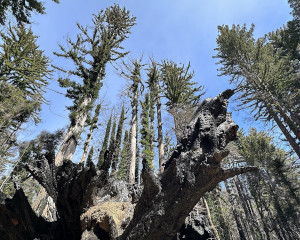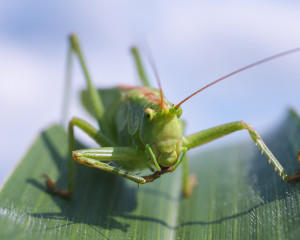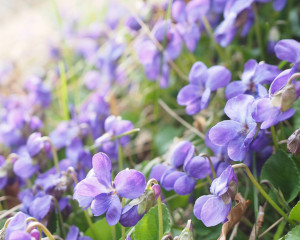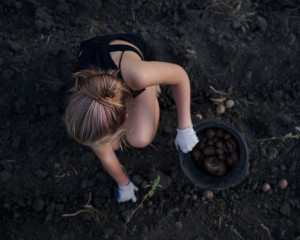

“All art is but dirtying the paper delicately.”
John Ruskin
May: Drawing Growth and Beauty from Observation
Combining light gestural drawing with contour and cross-contour drawing technique.
By Gayil Nalls, Liz Macklin, and Karen Bauer
Sign up for our monthly newsletter!
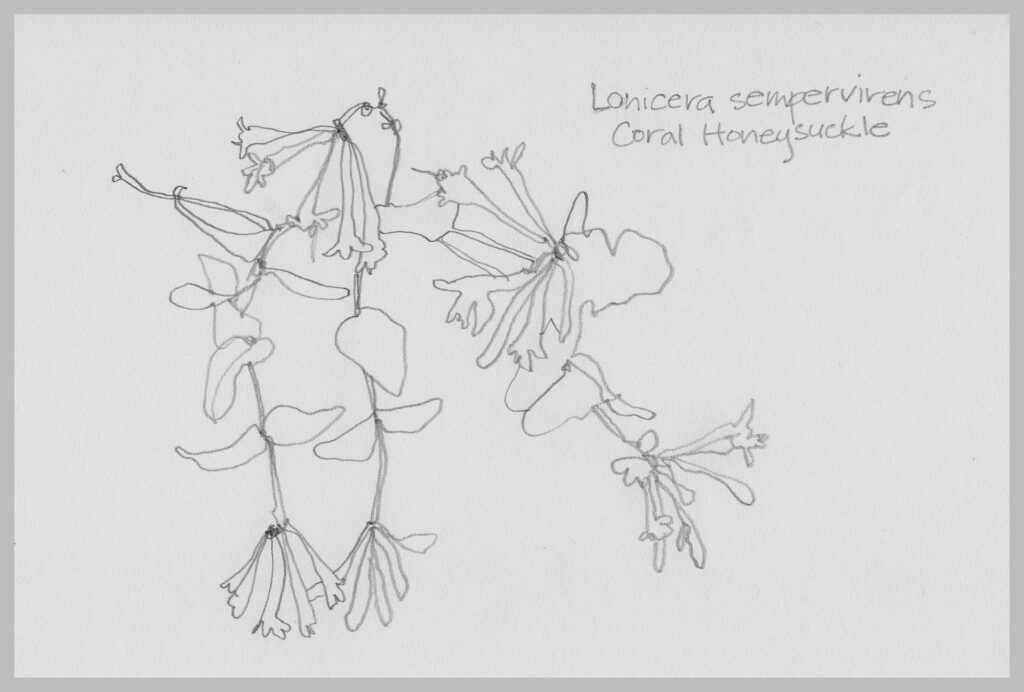
Observation and Exploration
April showers really do bring May flowers that burst into life, sharing their beautiful colors and scents with us to remind us of new beginnings. The sweetness of Lily of the Valley, Lilac, and Wild Hyacinth among them. Walk in the woods among the Spring ephemerals, Trillium, Bloodroot or maybe Virginia Bluebells. You can also find nature bursting through a crack in the sidewalk.
Baby birds are hatching, and the northern migration is well under way. Come outside and observe the abundance of nature, listening out for this new life. Our senses are also waking up. Unfold to nature like a Fiddlehead fern. Move your body and take deep breaths as you scout your subject, looking closely for the perfect composition, a scene that brings you joy and tells a story to you. Buds and partially open flowers are inspiring forms and symbolic of coming into full potential.
Once you’ve found your plant subject, examine, and watch it carefully for a period. The plant should have your undivided attention. During this process of observation, ask yourself what insights you are gaining about the subject and how you can best capture these plant qualities. The more you are understanding about your subject the more effectively you can draw it. Connecting with nature and its details, and developing a focused observation process are the most effective tools for drawing nature.
“Observance will protect you from the great danger of trying to make your drawings pretty.”
John Ruskin
Lesson: Combining light gestural drawing with contour and cross-contour drawing technique
A gestural drawing is a quick action sketch, a continuous line method that helps you capture the overall plant composition, its energy, and the positions of the plant’s parts on the page. (See the April lesson). To produce light lines for the gestural drawing, consider using a H-9H level pencil that is harder and leaves less graphite, and use a light-hand, or both. Use a softer pencil for contour and cross-contour work.
Remember that you are drawing life so it’s important that you summon your own energy and focus and move your hand with free intuitive gesture. Sometimes it helps to start by making warm up motions over the paper without laying down line, focusing on your movement and action. Do this until you feel your hand and your eye are moving at the same rate and you are confident in your understanding of the subject. Once you have a feel for this begin to lay down very light line on the page.
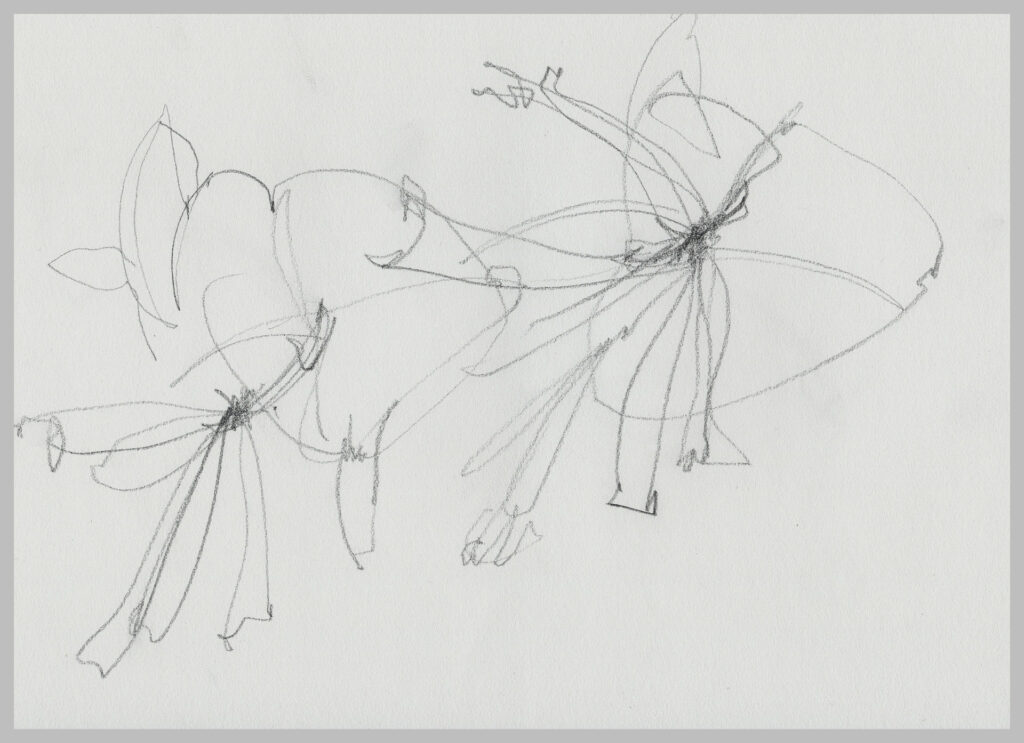
Make your first gestural form a large movement that encompasses the subject’s overall point, top to bottom, left and right. Keeping your eye on the subject, move your hand and pencil in light circular movements, adjusting the proportions for accuracy until you are happy with the overall positioning. Some people ask what kind of fast shapes they should make. The answer may lie in your own personal signature, look at what you do naturally when you write your name and see if those gestural shapes feel right in this exercise. Then begin to capture more of the gesture and proportions of the plant and its essence.
The more gestural drawing you do, the more fluid and accurate you will get in portraying plant subjects and capturing the dynamics of its life force.
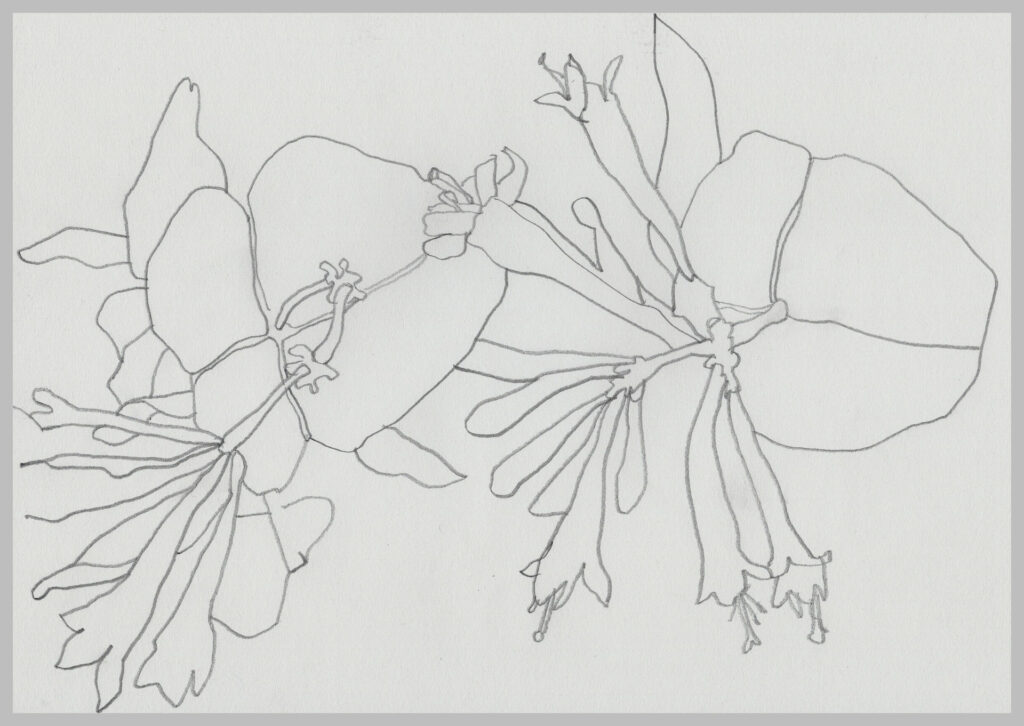
After you have completed the gestural drawing, move to contour drawing, the outline of the plant, and cross contour drawing, which defines shape and form, helping make a realistic dimensional representation of the subject. (For more on contour drawing see the March lesson)
To define the details, look closely at the subject only glancing at the paper. Draw the outline or edges of the plant’s forms and shapes. It’s important to go slow and capture its unique features and textures.
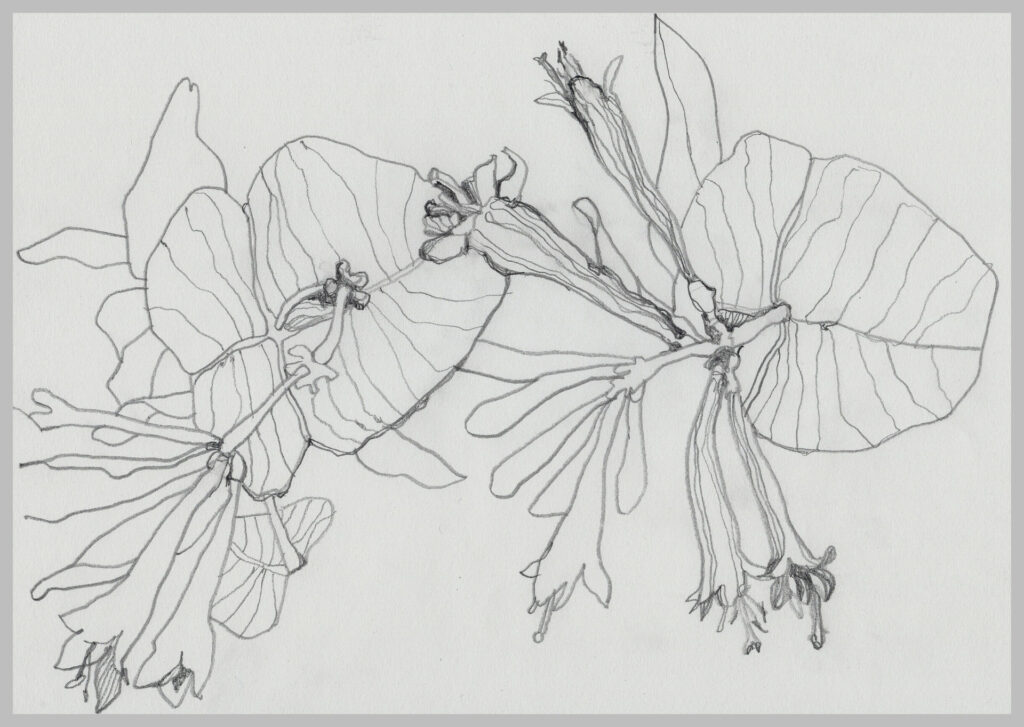
Work further into your drawing with cross contour lines. These are lines that cross the subject both vertically and horizontally. They described the topography of the form. The line of your pencil point should move on the paper as if it were moving along the shape itself, recording every nuance of elevation and depression. All lines should be true lines that flow in the direction that communicates the form.
After you have added general cross contour information, pick one area, such as one of the largest flowers or a bud starting to unfol, that will be the focus of your drawing and detail that area richly with defining cross-contour line, giving this area a strong sense of three-dimensionality.
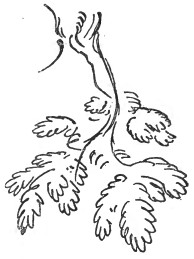
Congratulate yourself for taking on this challenge and learning new things. Share your drawing on the Plantings refrigerator on Instagram.
Take a cell-phone photo of your completed drawing and post it on the Instagram with the hashtag #WSCNatureDrawings

As Ireland transitions from the rich, smoky scent of peat-burning to a more sustainable future, its olfactory heritage is evolving. What will become the next iconic aromatic symbol of Ireland?
Click to watch the documentary trailer.
Plantings
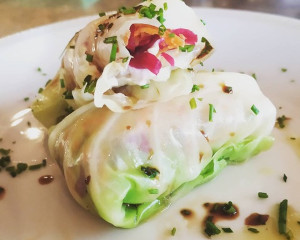
Eat More Plants Recipes:
Cabbage Roll with Cannellini Bean Hummus
By Sabina Cobbe




